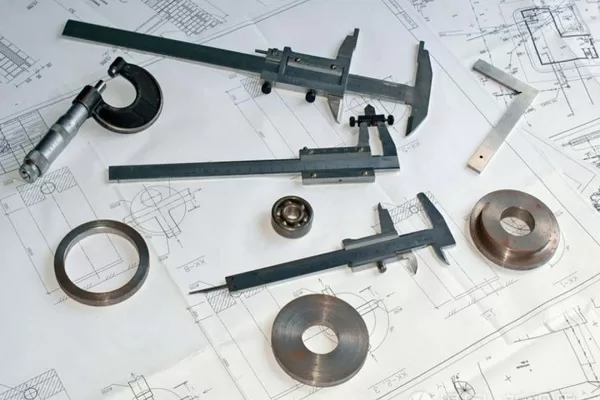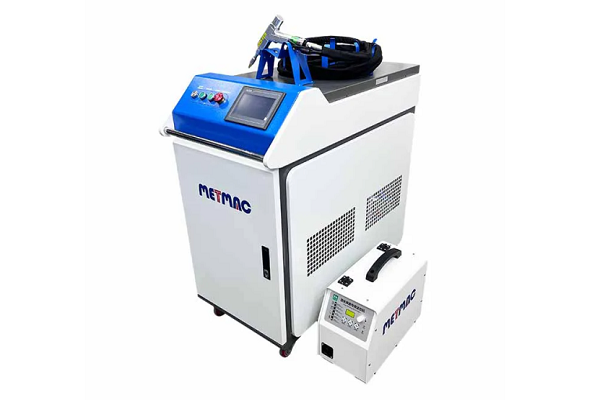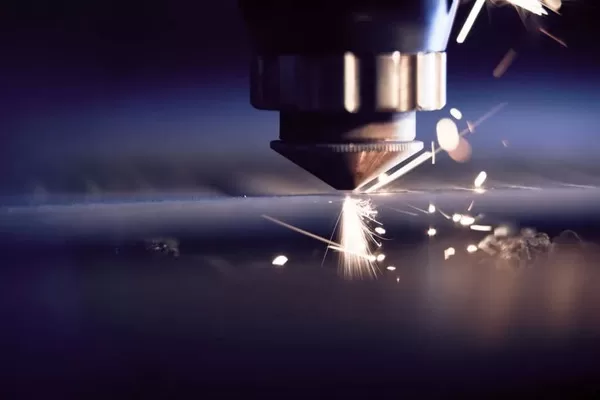
The Environmental Impact of Rectangular Duct Machines and Sustainable Practices
- By:Metmac
- 2024-09-06
- 47
Rectangular duct machines are essential for distributing air in heating, ventilation, and air conditioning (HVAC) systems. However, the manufacturing process of these machines can have a significant environmental impact. This article examines the environmental impact of rectangular duct machines and explores sustainable practices that can mitigate their impact.
Resource Consumption
Rectangular duct machines require a substantial amount of raw materials, including steel, aluminum, and plastic. The extraction and processing of these materials consume energy and release pollutants into the environment. Additionally, the manufacturing process generates waste, such as scrap metal and packaging materials, which must be disposed of in a responsible manner.
Energy Consumption
Rectangular duct machines are energy-intensive during manufacturing. The processes of cutting, bending, and welding metal require significant amounts of electricity. The use of compressed air systems and other equipment also contributes to energy consumption. Minimizing energy consumption through efficient manufacturing practices and the use of renewable energy sources is crucial for reducing the environmental impact of these machines.
Waste Generation
The manufacturing process of rectangular duct machines generates a significant amount of waste. Scrap metal and plastic are the primary waste products, but there may also be wastewater and hazardous waste generated from chemical treatments or coatings. Proper waste management practices, including recycling, waste reduction, and responsible disposal, are essential to minimize the environmental impact of this waste.
Sustainable Practices
Adopting sustainable practices can significantly reduce the environmental impact of rectangular duct machines. These practices include:
Reducing Resource Consumption:
Utilizing recycled materials, optimizing material usage, and minimizing waste through lean manufacturing practices can reduce the consumption of raw materials.
Minimizing Energy Consumption:
Implementing energy-efficient manufacturing processes, such as Variable Frequency Drives (VFDs) and automated controls, can reduce energy consumption. Additionally, using renewable energy sources can further reduce the environmental impact.
Managing Waste Effectively:
Establishing waste management programs that emphasize recycling, reuse, and responsible disposal can minimize the environmental impact of waste generated during manufacturing.
Improving Production Efficiency:
Optimizing production processes, reducing downtime, and enhancing employee training can improve efficiency and reduce the overall environmental footprint of manufacturing.
Rectangular duct machines play a vital role in HVAC systems, but their manufacturing process can have a significant environmental impact. By adopting sustainable practices that reduce resource consumption, minimize energy consumption, manage waste effectively, and improve production efficiency, manufacturers can mitigate the environmental footprint of these machines. Embracing these practices is not only environmentally responsible but also essential for long-term sustainability in the duct manufacturing industry.
-
The Advantages of Using a Sheet Roll Forming Machine in Manufacturing
2024/09/14 -
How to Optimize Your Laser Sheet Cutting Machine for Maximum Performance
2024/09/12 -
How to Maximize Efficiency with Modern Sheet Metal Working Machines
2024/09/04 -
The Environmental Benefits of Using Duct Board Grooving Machines
2024/09/03
-
A Guide to the Latest Innovations in Sheet Metal Folding Machines
2024/11/29 -
Key Features to Consider When Investing in a Sheet Metal Folding Machine
2024/11/28 -
Enhancing Precision with Advanced Sheet Metal Folding Machines
2024/11/27 -
How to Choose the Right Sheet Metal Folding Machine for Your Workshop
2024/11/26



